Red Light Therapy vs Infrared Sauna: Comparing Benefits and Uses
Trending in the world of non-invasive therapeutic treatments are Infrared and light treatments. The world gravitating toward modern ways to cure their illnesses, either physical or mental, has led to an exponential increase in such methods.
Infrared Saunas and Red Light Therapy sessions target their specific sites and disease-ridden areas. Also being more affordable than invasive procedures, these are becoming the preferred choice of many individuals. Their market cap globally has reached the value of +250 Million for Infrared Saunas and +0.9 Billion for Light Therapy.
However, finding high-quality devices can enhance the effect and save individuals from skin damage. In this case, Bonliter is a premium commercial Red Light Therapy manufacturer. They have a range of Red LED lights panels with varying power outputs of 135W to 2400W for various areas and intensities. You can get the desired Red Light Therapy Panels with the setting equipment from them at highly affordable rates for at-home or commercial use easily.
In order to understand these techniques better, we have created a comprehensive article below.
Historical Basis of Infrared Sauna and Red Light Therapy
Historically, both techniques have individual value and their origins vary.
Origin of Infrared Saunas
Dating back thousands of years, relating to the Greeks, Romans, and Native Americans, saunas have been popular among cultures. Since the advent of Infrared radiation in 1800, this concept has been in talks.
But it did not materialize, till a Japanese Doctor in 165 received his primary patient to build a ceramic Infrared sauna. In 1979, the very first full-spectrum infrared sauna for the public was available. Evolved over the years, these have been used for holistic health-related practices.
With time, many procedures such as chromotherapy, halotherapy are included to add more health benefits to the individual. Used in a wide variety of areas, this treatment is applied in medicine, dentistry autoimmune disorders.
Emergence of Red Light Therapy
Historically speaking, the use of natural light to cure ailments is called Hilo-therapy. Natural light therapy has been used for decades upon decades to treat several health issues. Hungarian physician Endre Mester in the 1960s conducted experiments with red light on mice.
This resulted in showing wound healing effectively. However, with time and the advent of the use of UV light, Danish physician, Dr.Finsen in 1893 received a Nobel Prize in this regard. He was awarded this because of his work in treating smallpox scars with red light.
Much later, in 2020, studies revealed that LED phototherapy using red light can have anti-aging effects. Due to their health benefits, they are commonly used in clinics and wellness centers. The red light therapy machines that are used to perform these procedures have become more portable over time.
Basic Principles
Operating Principles and Working of Infrared Saunas
Infrared saunas function on the basis of employing infrared radiation to heat the body straight away. They work by inducing thermal stress on, the body. This is essential for their operation. Infrared heating systems, developed specifically for use in saunas, generate mild electromagnetic waves that are safe for human skin. Up to 3 centimeters (1.18 inches), infrared radiation may go through the human body.
These go under the epidermis to warm the inside of the body. Infrared saunas are preferable because they warm the body rather than the air, which may be uncomfortable and inefficient. Most saunas use ceramic or carbon heaters positioned around the area. Infrared radiation, which these heaters produce, may be absorbed by the body and used therapeutically in a number of ways.
The Science Behind Red Light Therapy and Its Mechanism
Among the many types of Photobiomodulation, red light treatment is one. Light-emitting diodes (LEDs) are used to boost cell turnover for medical use. The wavelengths of light utilized in Red Light Therapy (RLT) fall into the Infrared (IR; 600-700 nm) and Near Infrared (NIR; 780-1100 nm) spectrum.
Mitochondria, the "power plant" in the body cells, are considered to be the focus of red light treatment. Extra energy allows various cells to perform their functions more effectively. Although visible light has certain useful ranges, its poor penetration of about 1-3 mm is a significant limitation.
Clinical trials have shown that NIR light wavelengths can get farther than visible light. During treatment, radiation is used to transport electrons all over the body. In addition to relieving pain, it repairs cell damage and solves other issues that stem from them. High-quality red light therapy panels such as Smibea’s SM-W200-T from Bonliter with 750W LED power can be employed for commercial use.
Major Applications and Benefits
Infrared Sauna
1. Pain Relief
Arthritis, muscle soreness, and headache-associated pain are significantly reduced by Infrared Saunas.
2. Muscle Relaxation
Red light improves blood flow, which gradually decreases muscle tension. It relaxes muscles and causes a calming effect.
3. Boost Immune System
Another benefit of Infrared Saunas is that it improves the production of white blood cells in the body. With improved circulation, it also enhances the ability to provide oxygen and nutrients to the cells.
4. Improved Sleep
Body temperature is highly regulated by taking sessions of Infrared Saunas. As per its muscle-relaxing benefits, it aids sleep.
5. Skin Health
Wrinkles, age spots, and acne are targeted by these saunas. It opens up ores and improves the overall appearance of the skin.
6. Detoxification
Sweat is the primer of this therapy. With sweat, many toxins are released from the body. It removes all harmful wastes, making the body healthier.
Red Light Therapy
1. Skin Rejuvenation
Collagen and elastin are produced when skin is subjected to Red Light Therapy. It greatly improves the skin's appearance. Not only does it reduce fine lines and wrinkles, but eradicates sun damage. It enhances the skin texture and makes it look more healthy. Simbea W20-T panels from Bonliter, with a low output power of 135W, are ideal in this case. Its 650nm wavelength can cure the epidermal issues easily.
2. Wound Healing
The second proven benefit of Red Light Therapy is healing wounds faster. It increases cell production, which aids any wounds to form skin recovery layers sooner.
3. Anti-Inflammation
White blood cells are produced in the body by Red Light Therapy. These help against any inflammation, which can be a cause of various health problems.
4. Hair Growth
Androgenic Alopecia can be cured by using Red Light therapy. It strengthens hair follicles and helps in hair growth.
5. Muscle Recovery
Blood flow and blood circulation are enhanced with exposure to red light. This causes any damaged muscles to heal and recover in record time. Simbea W20-T1 panels showing a mild output power of 150 W can be used for this. Its Near Infrared rays of 850nm work in this regard, as they show higher penetration.
6. Joint Pain Relief
Specifically for joints, Red Light can work wonders. It allows the muscles to relax. People with Rheumatoid Arthritis are generally prescribed by physicians to get Red Light Therapy treatment. This treatment requires high intensity, for which Simbea W100-T1 and W200-T panels with outputs of 300W and 750W respectively can be utilized.
Side Effects and Considerations
Infrared Sauna
1.Due to high heat, an Infrared sauna can cause dehydration.
2.It is known to cause hypotension. A doctor’s consultation is advised before booking sessions.
3.The rays can cause eye and skin irritation.
4.Headaches and nausea are also observed and side effects of such sauna.
5.To avoid germs, sanitize infrared saunas periodically.
6.The sauna temperature should be moderate.
7.First, take a 10-15-minute session, then progressively increase it.
8.Hydrate prior to, during, and following sauna
.Red Light Therapy
1.Skin rashes and irritation are common side effects of Red Light Therapy. Use a low-setting mode and a cold compress on the affected area.
2.It's best to begin with a low power level and work your way up.
3.Start with 10-15 minute intervals and gradually build up.
4.Eye protection is advised to be used during sessions to avoid eye irritation.
5.This can increase skin sensitivity to the sun. When utilizing red light therapy outside, use sunblock.
Comparative Analysis of Infrared Sauna and Red Light Therapy
Although Infrared Saunas and Red Light Therapy are highly beneficial procedures, they do have some differences. When compared side-by-side, here is the analysis of both techniques.
Similarity in Therapeutic Effects
Both techniques show positive pain relief effects in arthritis and joint pain. They work to show skin improvements as well. Boosting the immune system and weight loss are enhanced by Infrared Sauna sessions and Red Light Therapy. Athletic performance is also enhanced by either technique by increased blood flow and circulation.
Difference in Mechanism of Action
Infrared Saunas use a wider range of wavelengths, which is 700-1400nm. Red Light Therapy uses a narrow wavelength range that is 630-850nm. The human body responds differently to light of various wavelengths. IR saunas have effects that can penetrate the deeper tissues of the skin. While Red Light Therapy has shallower penetration.
FIR is considered to heat up the connective tissues of the body, which may result in a variety of advantages, including reduced pain. Red light has been estimated to increase the level of collagen and elastin synthesis, hence enhancing skin health.
Practical Considerations
-
Infrared saunas can heat up pretty quickly and can be difficult to use. Red Light Therapy can also cause burns If used with high intensity with prolonged exposure.
-
Infrared Saunas can cause gradual opacity of eye lenses, Goggles are advised to be used with this procedure. Red Light Therapy can also cause eye irritation, but it's curable.
Testimonials and Case Studies
According to Photomedicine and Laser Surgery, Infrared Sauna treatment decreases soreness and pain. Individuals with knee osteoarthritis get enhanced mobility after treatment. During the course of the trial, individuals used Infrared Saunas for 15 minutes, bi-weekly.
Red light treatment has been shown to speed up the healing process of wounds in a separate research, which was presented in Phototherapy and Photodermatology. Red light treatment was administered to the subjects twice daily for 15 minutes each session. After the research, volunteers' wounds recovered quicker than the comparison group's.
A lady treated for depression using red light therapy was featured in a case study by PLOS One. For six weeks, the lady got 20 minutes of red light treatment bi-weekly. At the end of the research, the woman's depressive symptoms decreased dramatically.
Future Trends and Research
With current popularity, both techniques are set to evolve in the future with many studies and development in their design and working.
Infrared Sauna
-
1.More severe medical disorders have been studied for their possible benefit from infrared sauna usage. Alzheimer's disease and cancer are two examples of this. Such benefits require more study.
-
2.Modern infrared saunas may use high-tech equipment for setting the temperature, audio streaming, and speech controls. With this technology, users may operate the sauna with a smartphone or voice.
-
3.Infrared saunas' future developments are centered on making them more accessible and reasonably priced. Infrared saunas may also assist with several health issues beyond current studies.
-
4.More eco-friendly and sustainable units of therapy are in the works to reduce pollution.
-
5.Integrating sensors to measure blood pressure, pulse, and oxygen levels might help IR saunas assess healthcare in the future.
-
6.Infrared saunas are expected to scan perspiration to detect water intake and vitamin shortages. This can detect illness earlier on.
-
7.A combination of IR Saunas with massage therapy and acupuncture is created to enhance the combined effects.
Red Light Therapy
-
1.Developments are in place to use Red Light Therapy to enhance the Circadian Rhythm of individuals. A person’s biological clock can be reset using Modern Red Light Therapy techniques.
-
2.For night shift workers, Red Light Therapy is being modernized to reduce insomnia. Related effects such as depression and anxiety can also be relieved.
-
3.The design of red light therapy devicesis expected to evolve. Eventually, they'll have options for consumers to personalize the experience to their own preferences.
-
4.ATP production increase is being studied by Red Light Therapy for instant wound healing by hand-held devices.
Concluding Note
With modern techniques used in healthcare departments, innovative ways are included. Infrared Saunas and Red Light Therapy are known treatments for a variety of health conditions. Apart from having similar effects on various diseases, they also have major differences. The heat source and exposure in the prior is too high, while the second one uses low heat.
Light beams are employed in Red Light therapy sessions while, with high penetration, heat and radiation are induced through Infrared Saunas. Both are effective yet equally distinct. We hope this article helped you understand which one is the right pick for you.

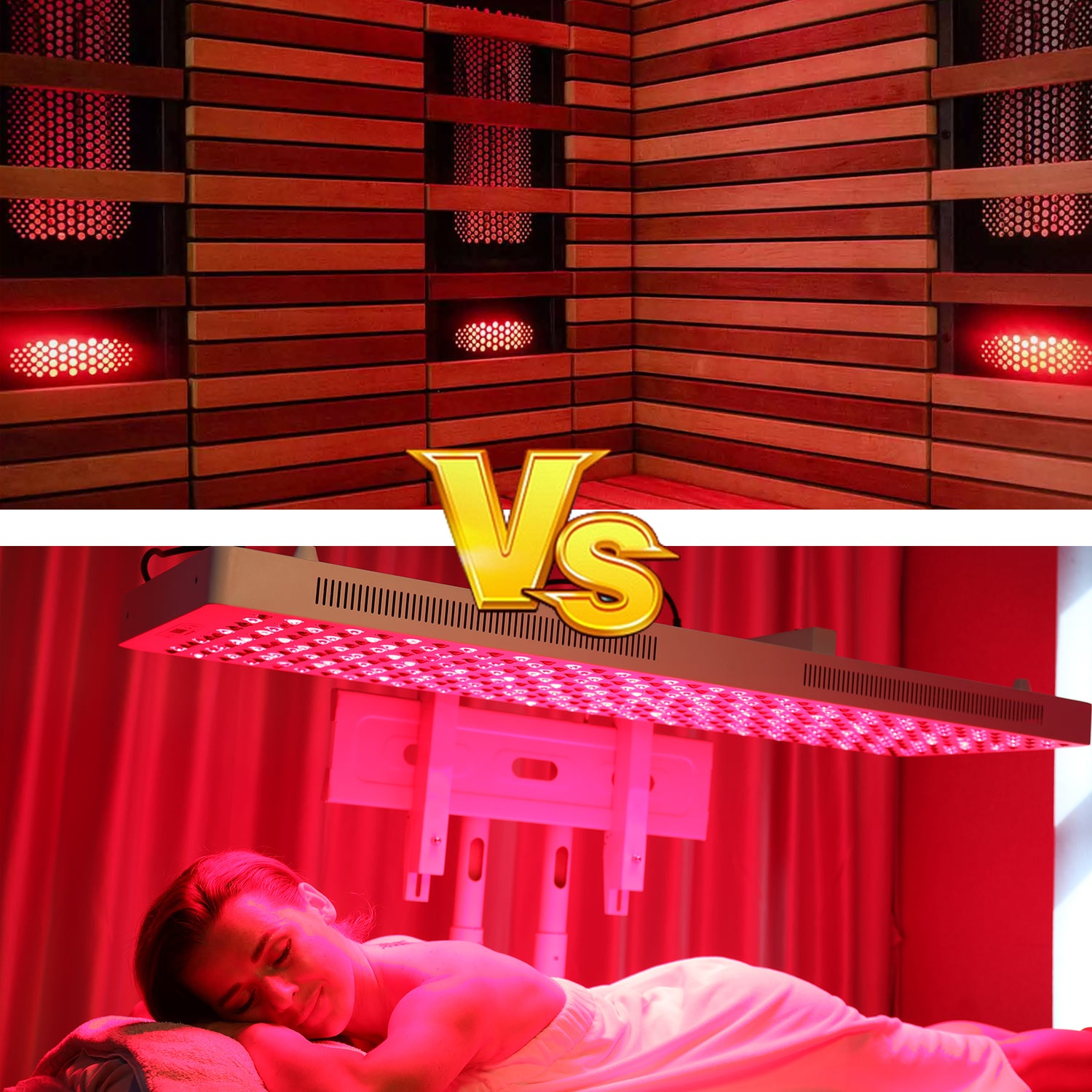


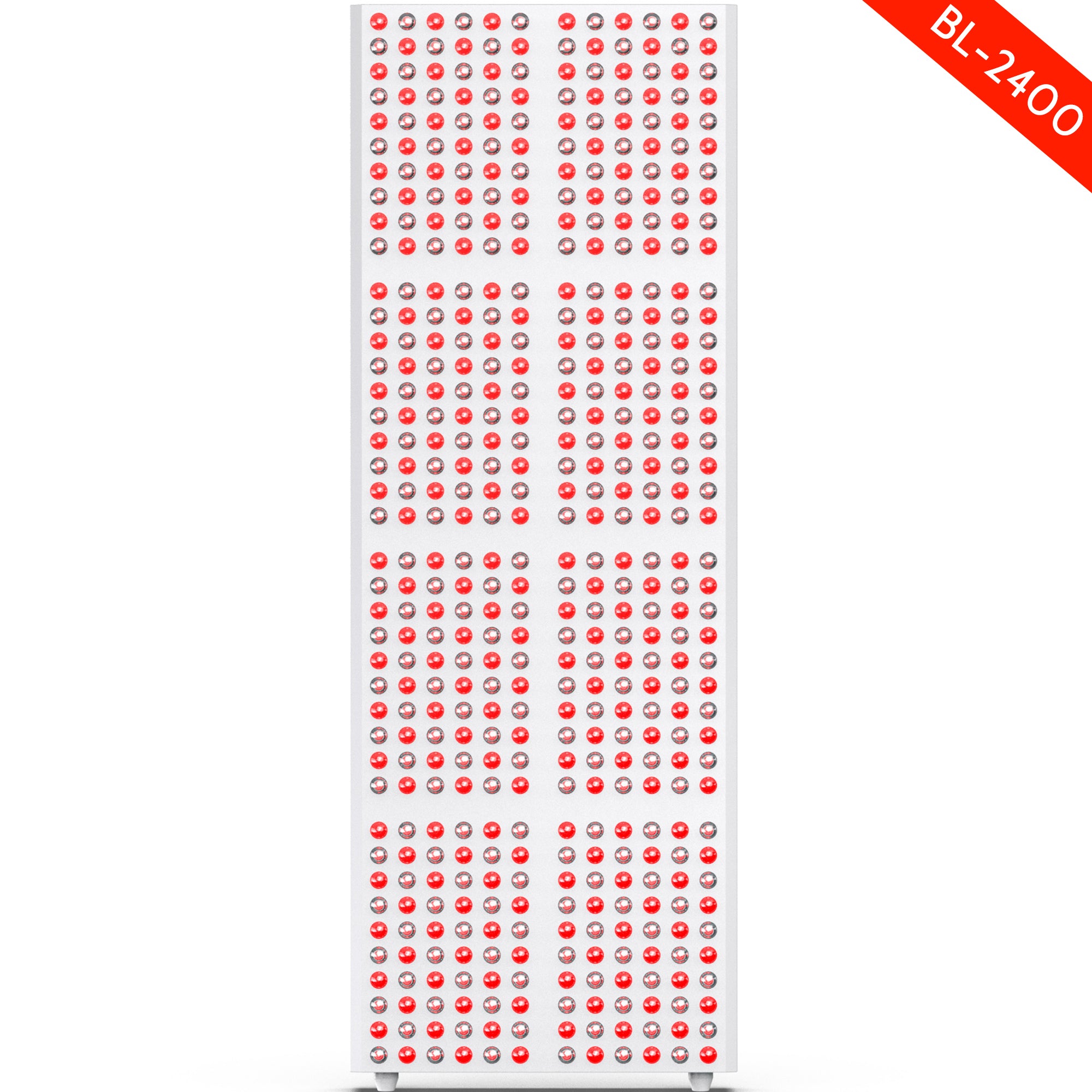
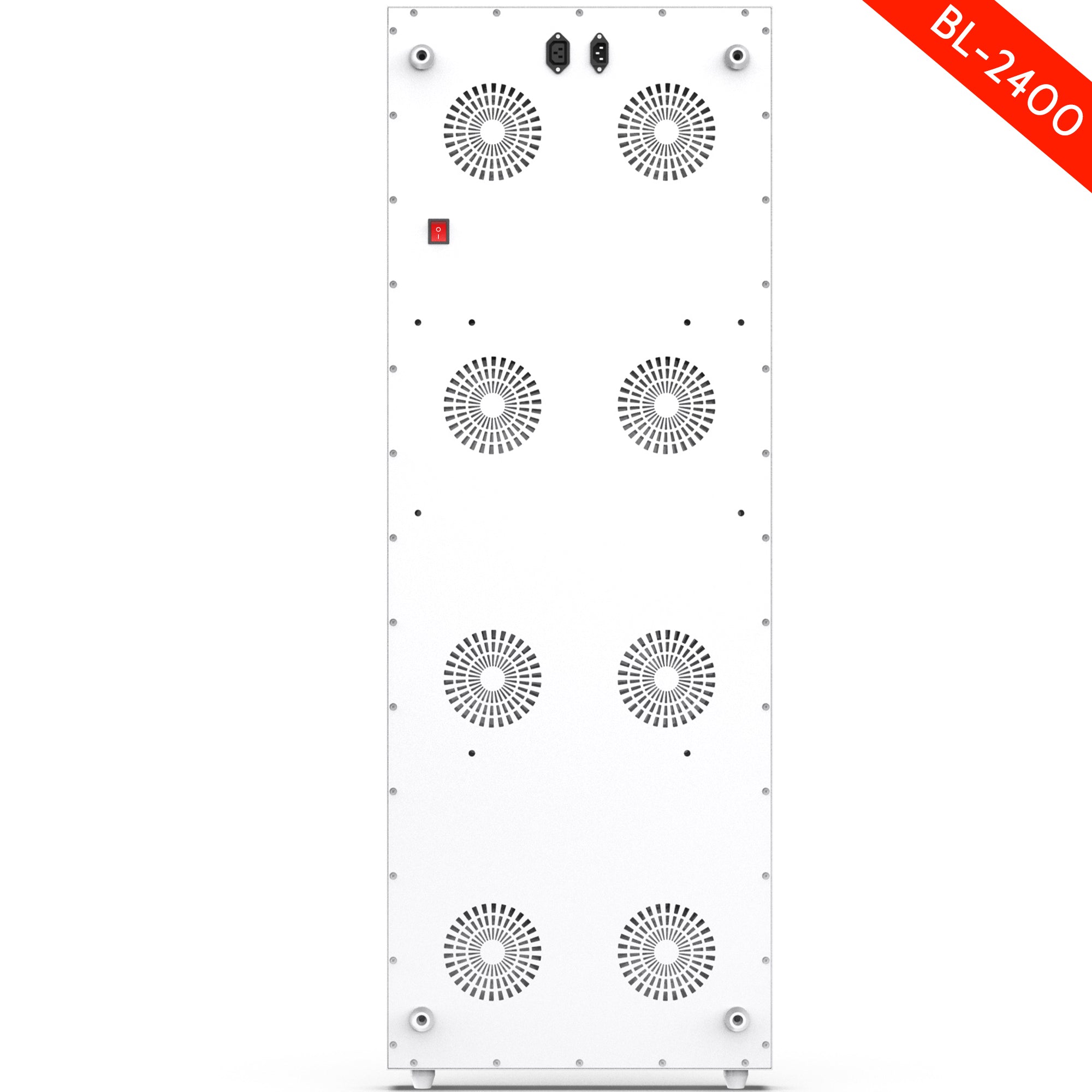
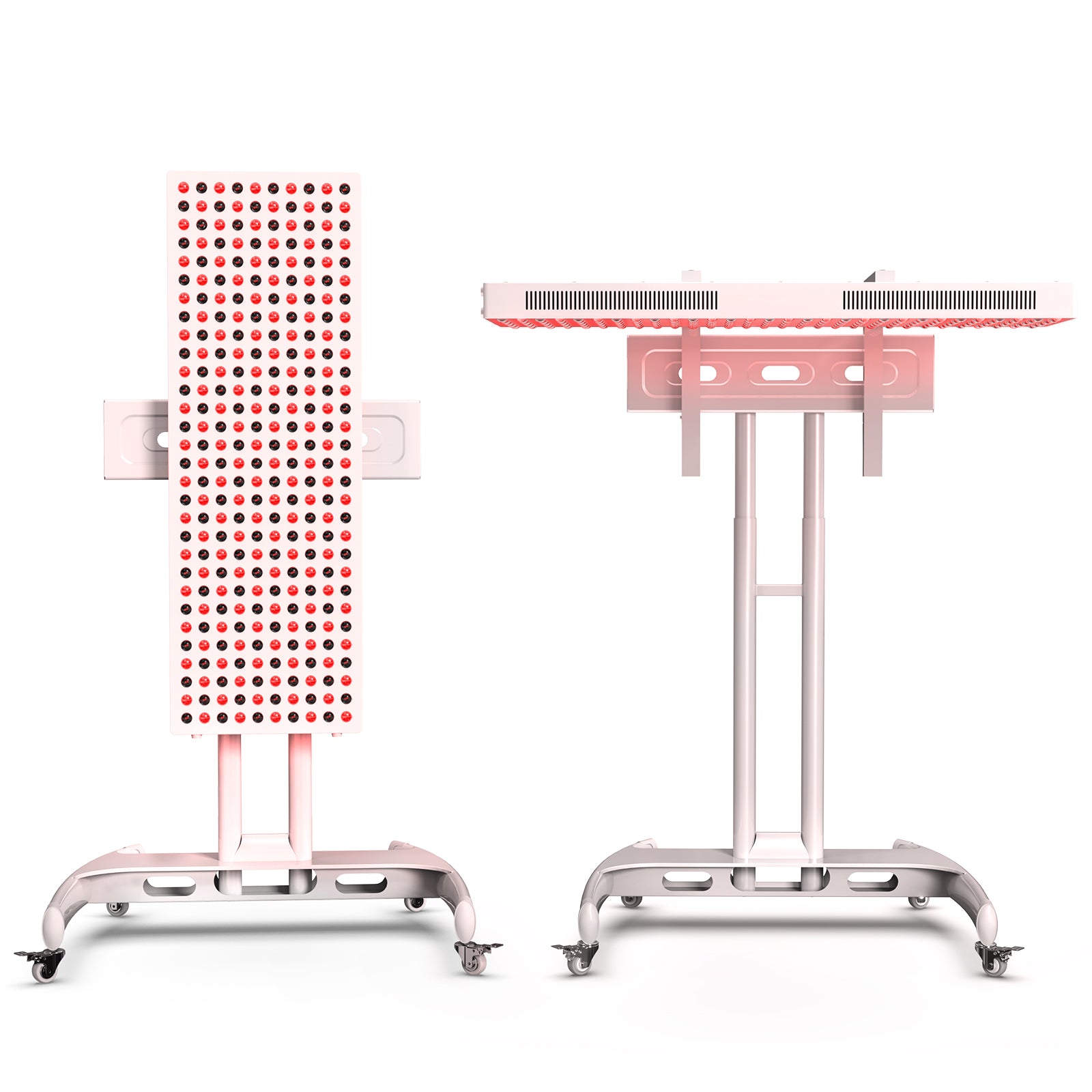

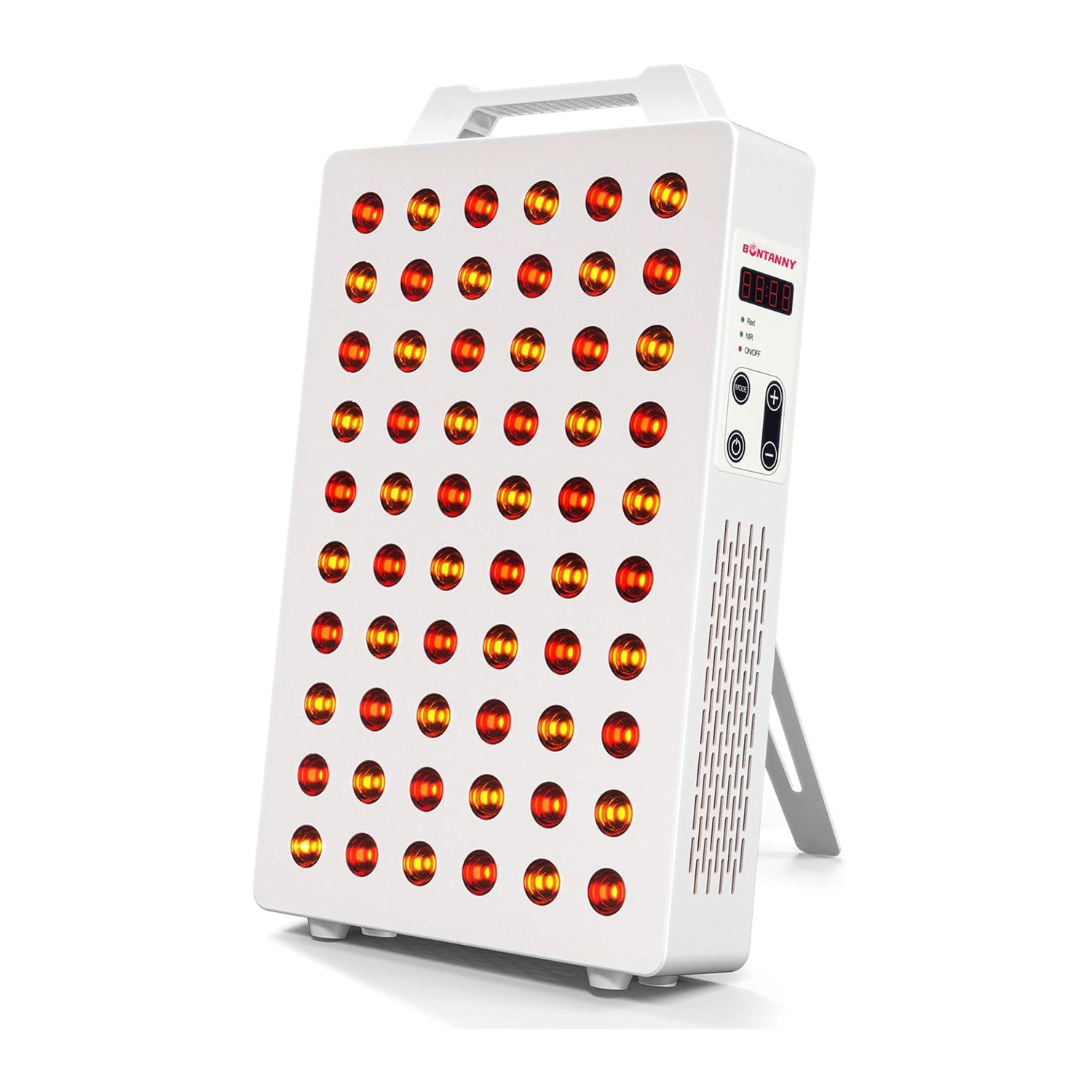
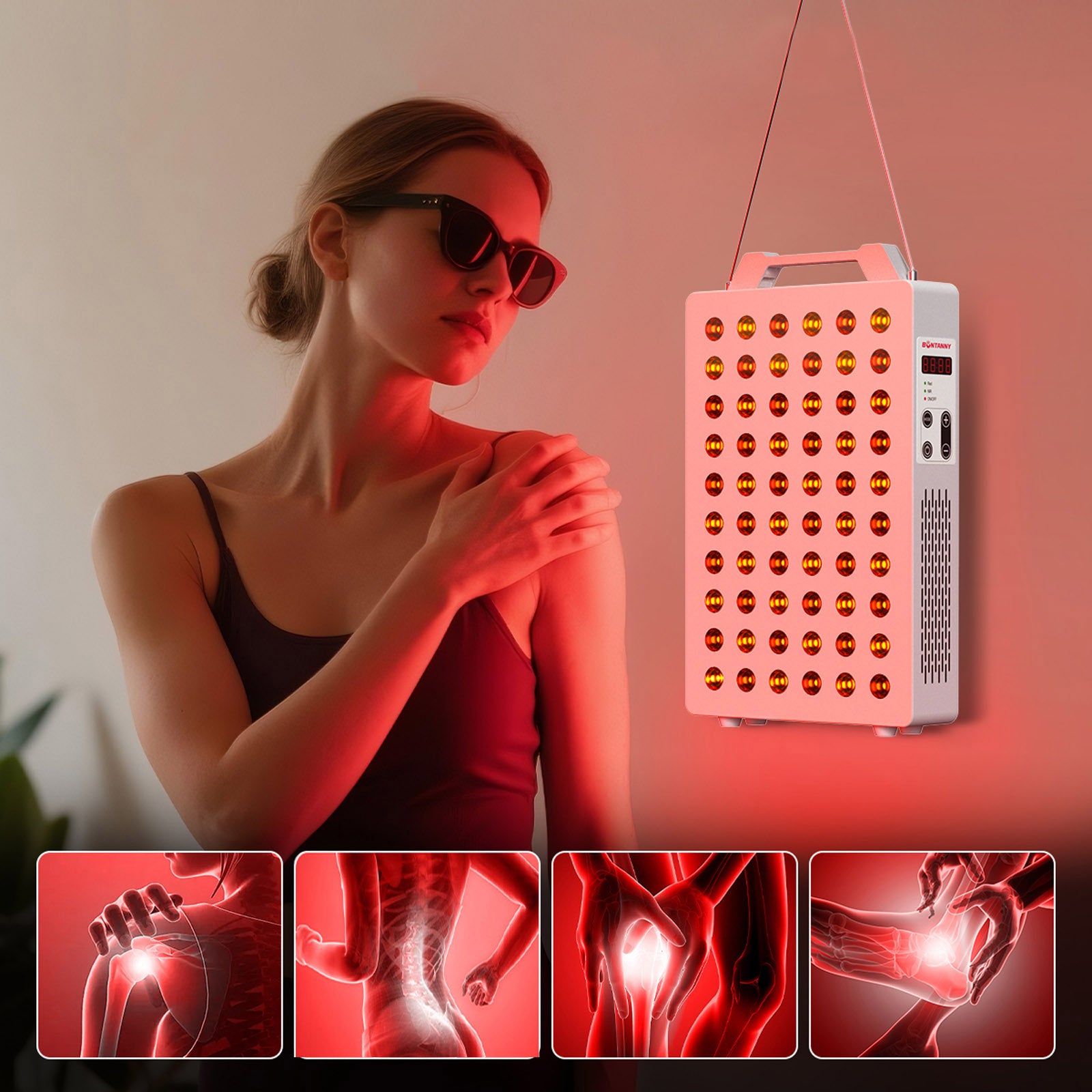
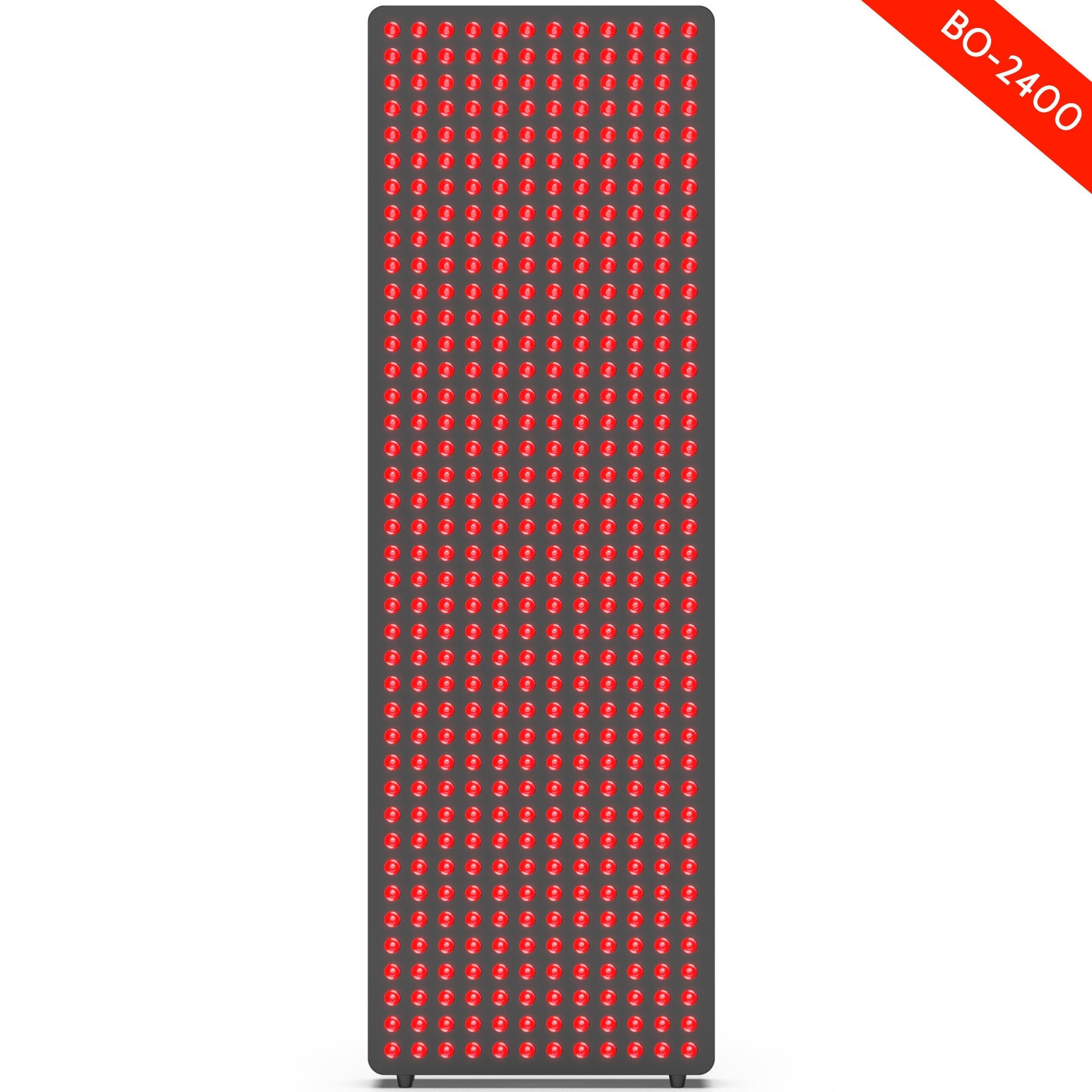

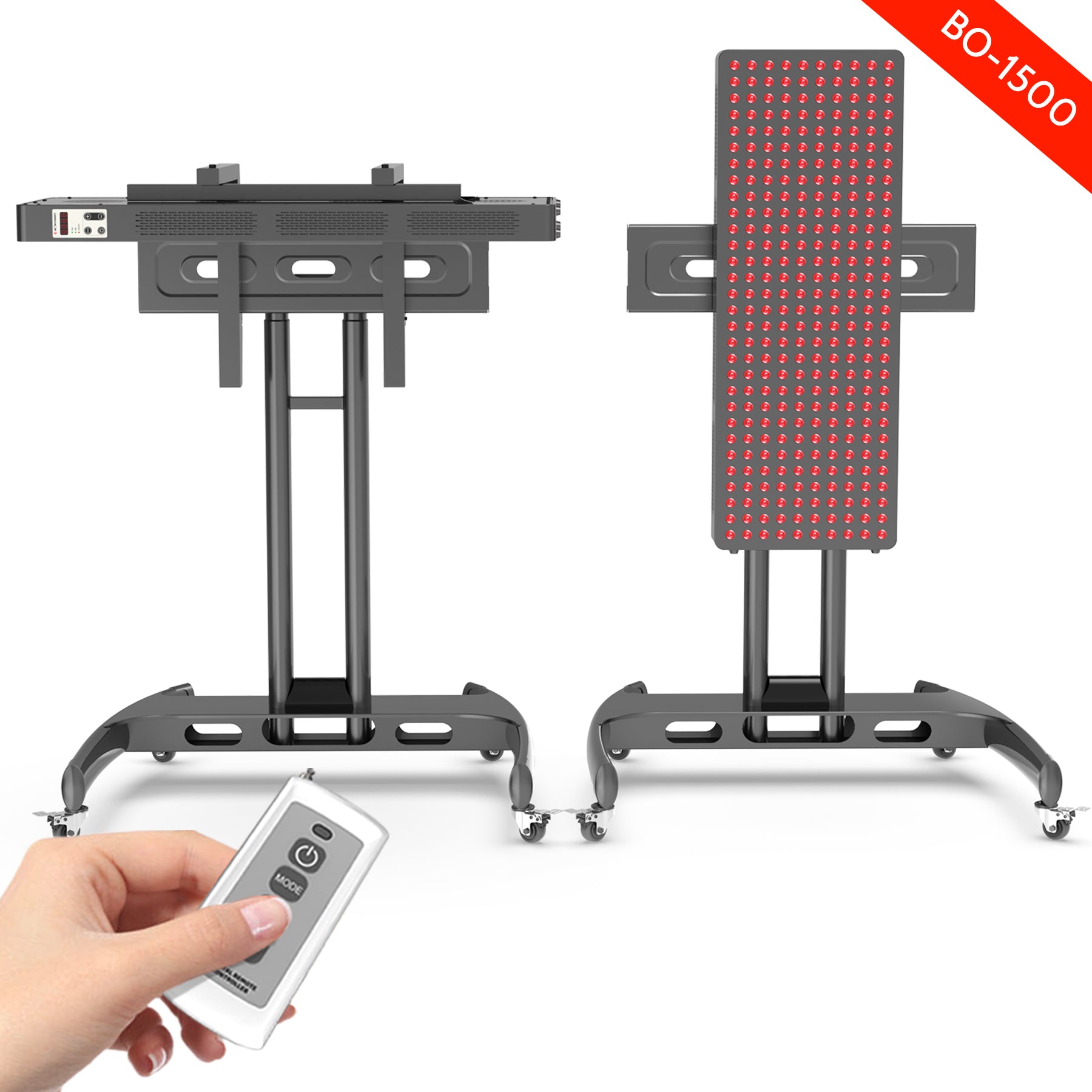
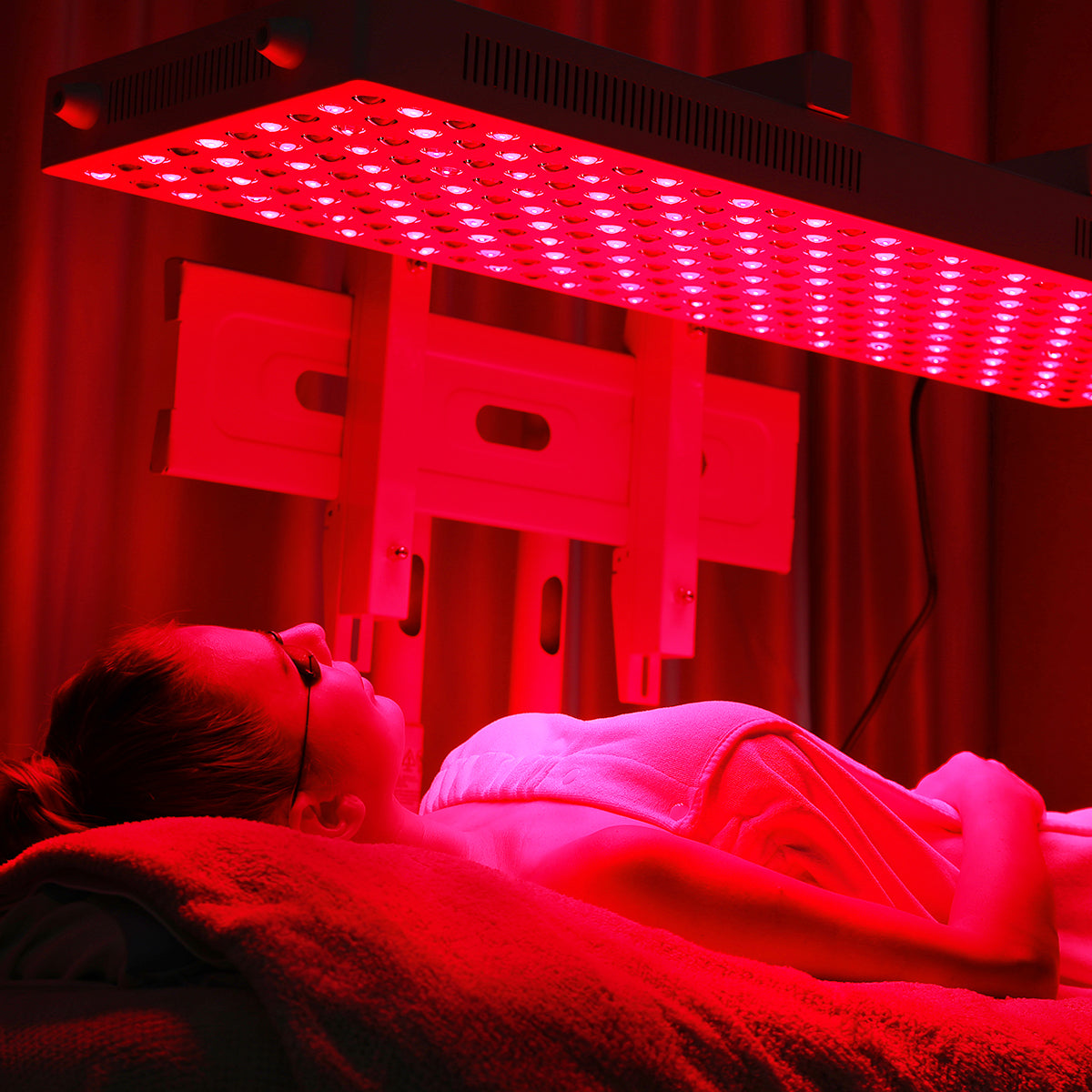
Leave a comment
This site is protected by hCaptcha and the hCaptcha Privacy Policy and Terms of Service apply.